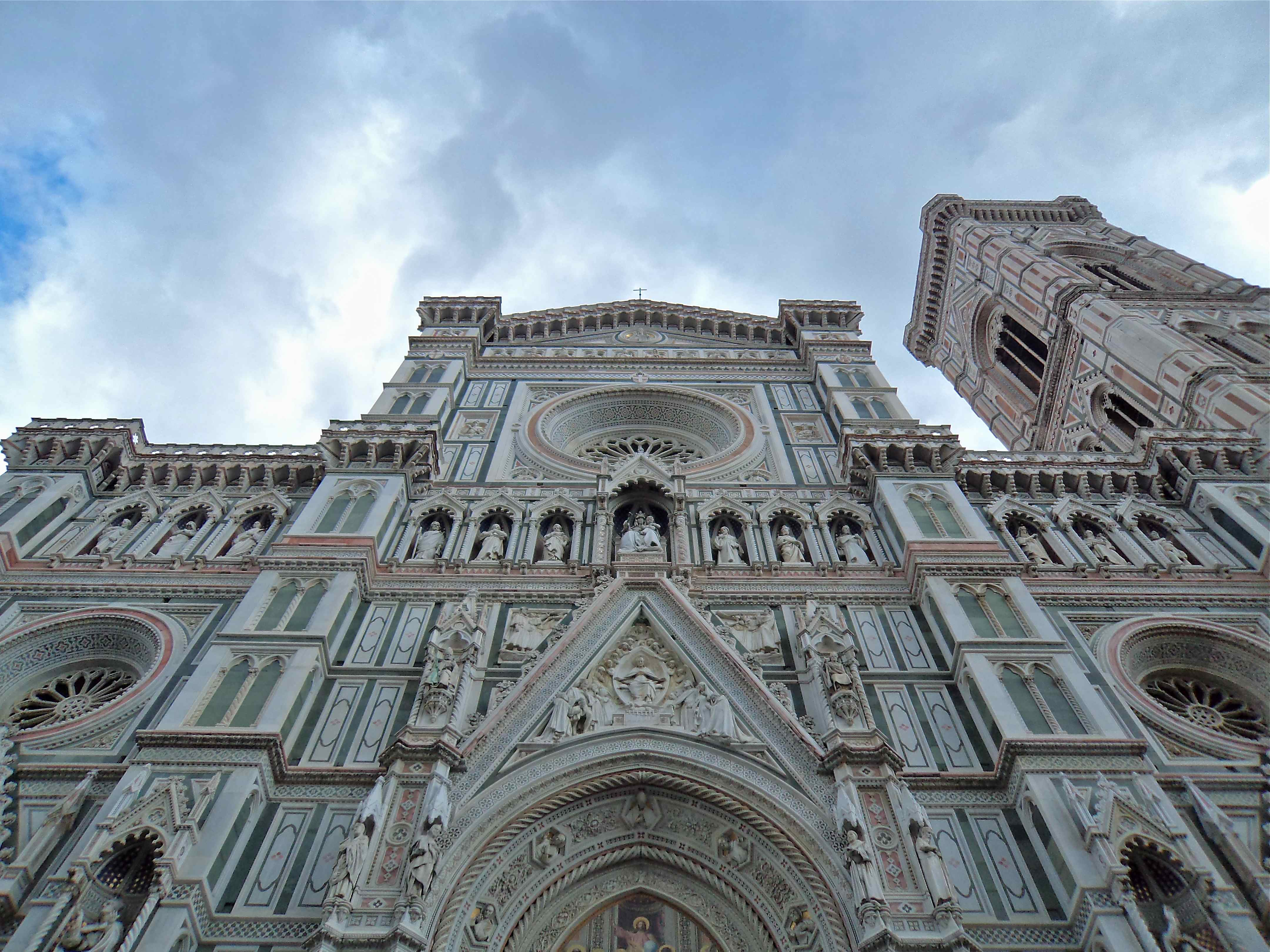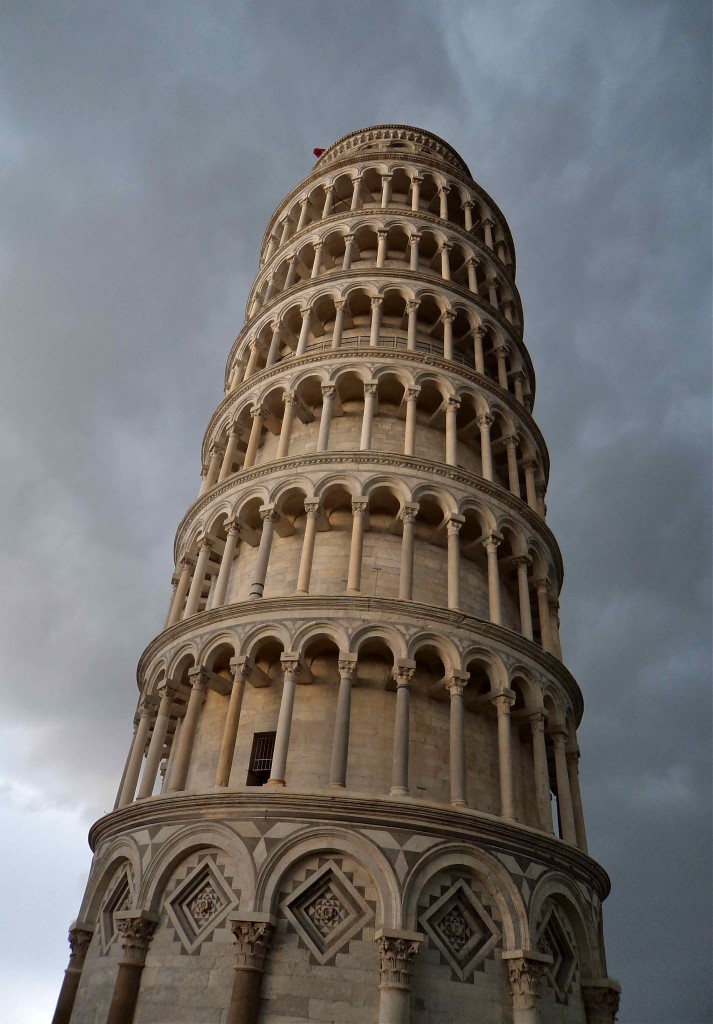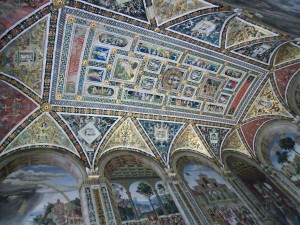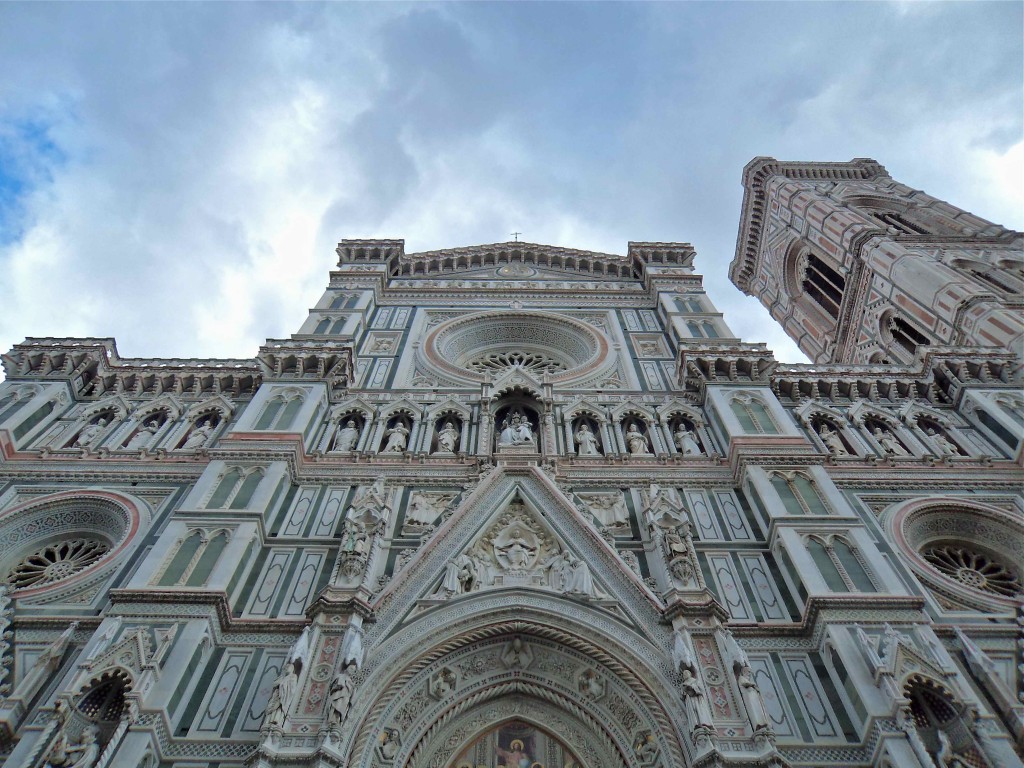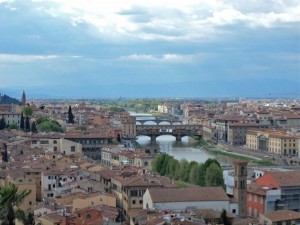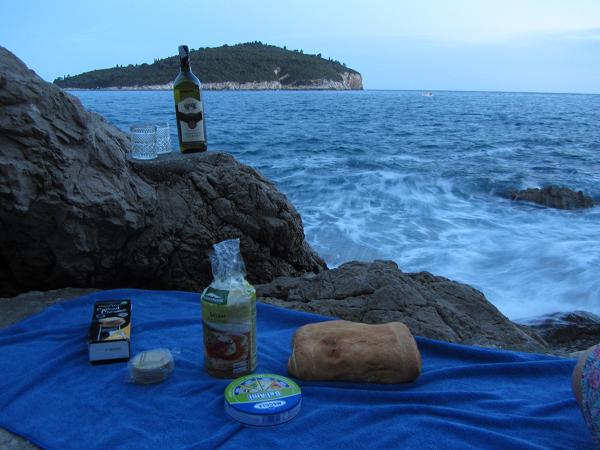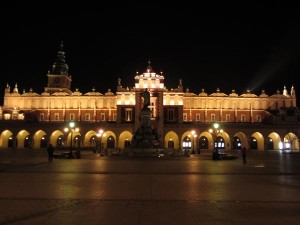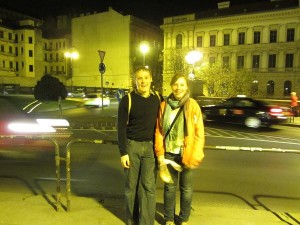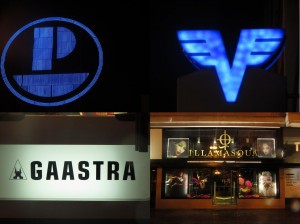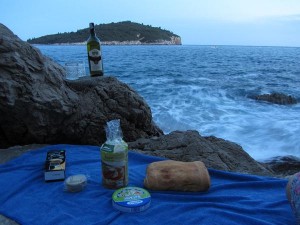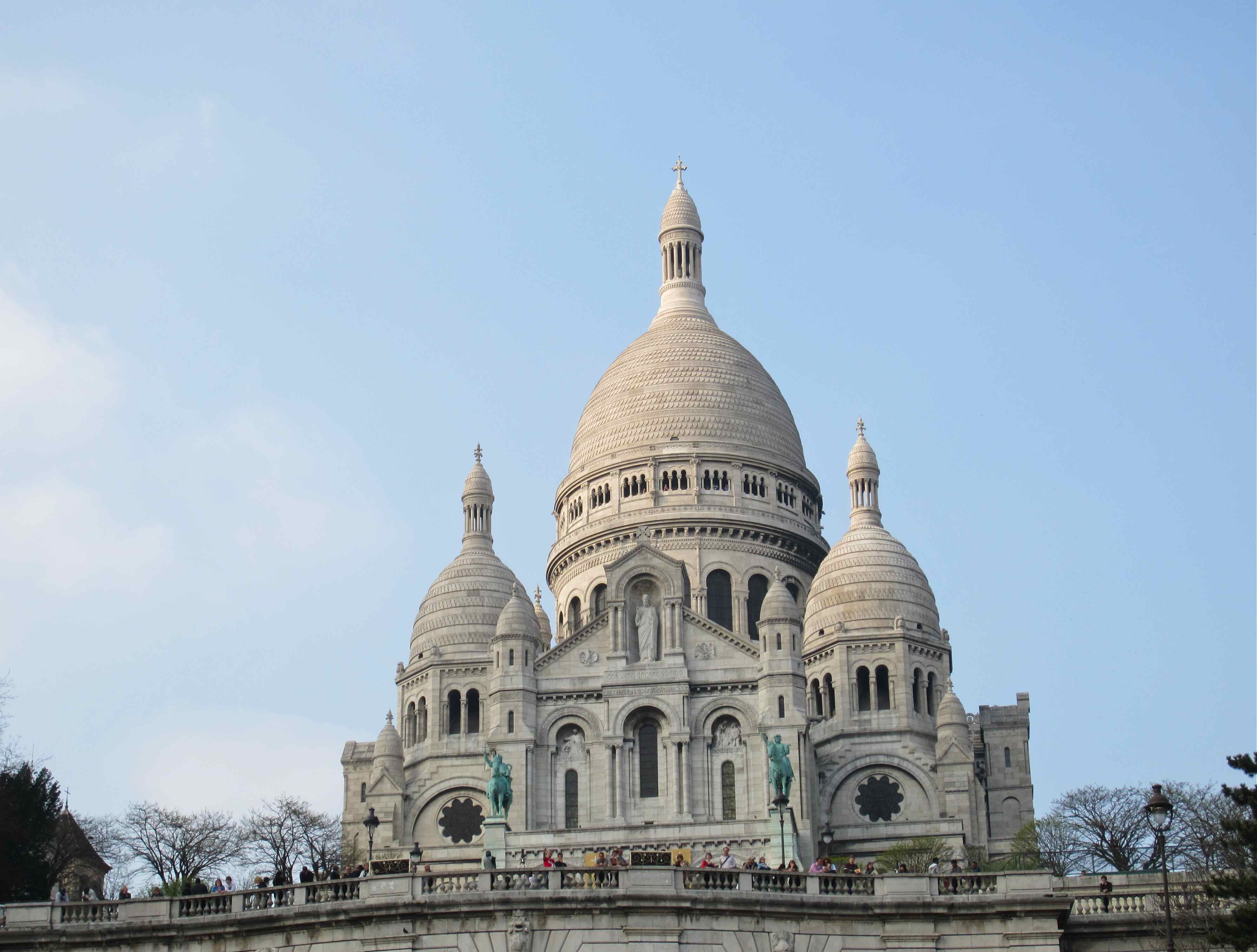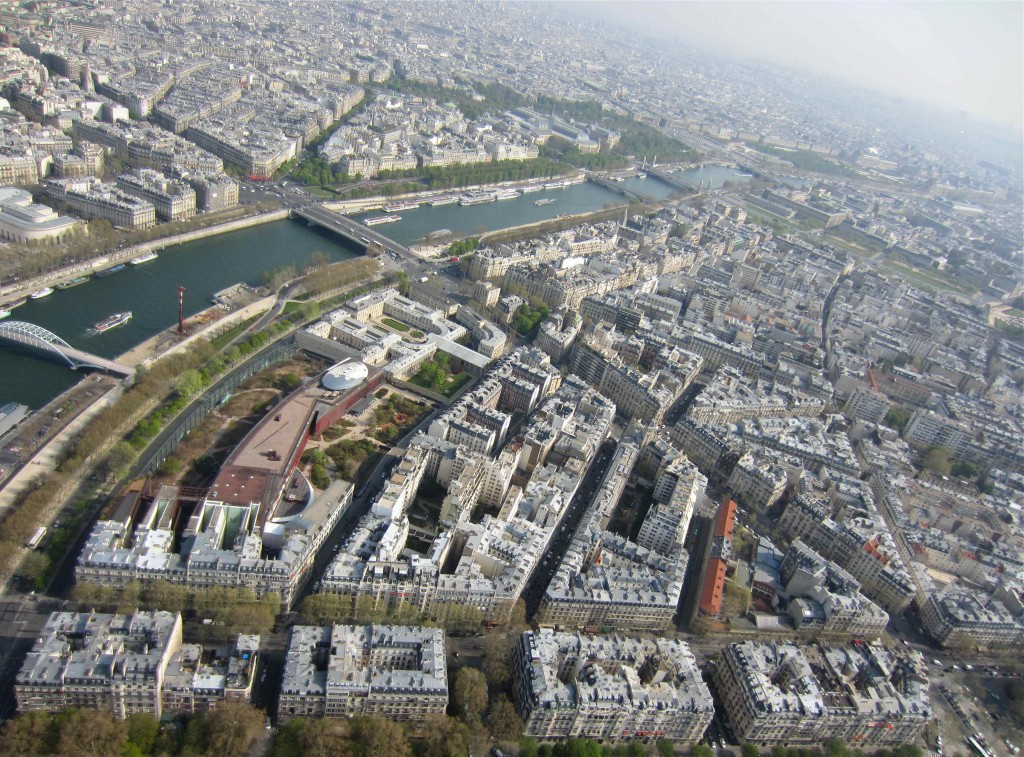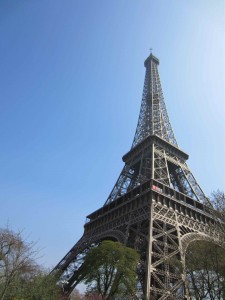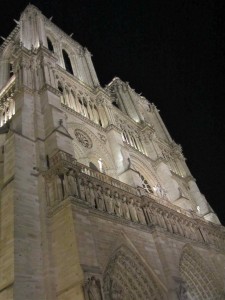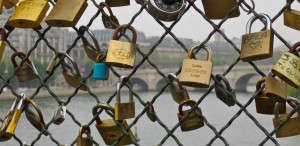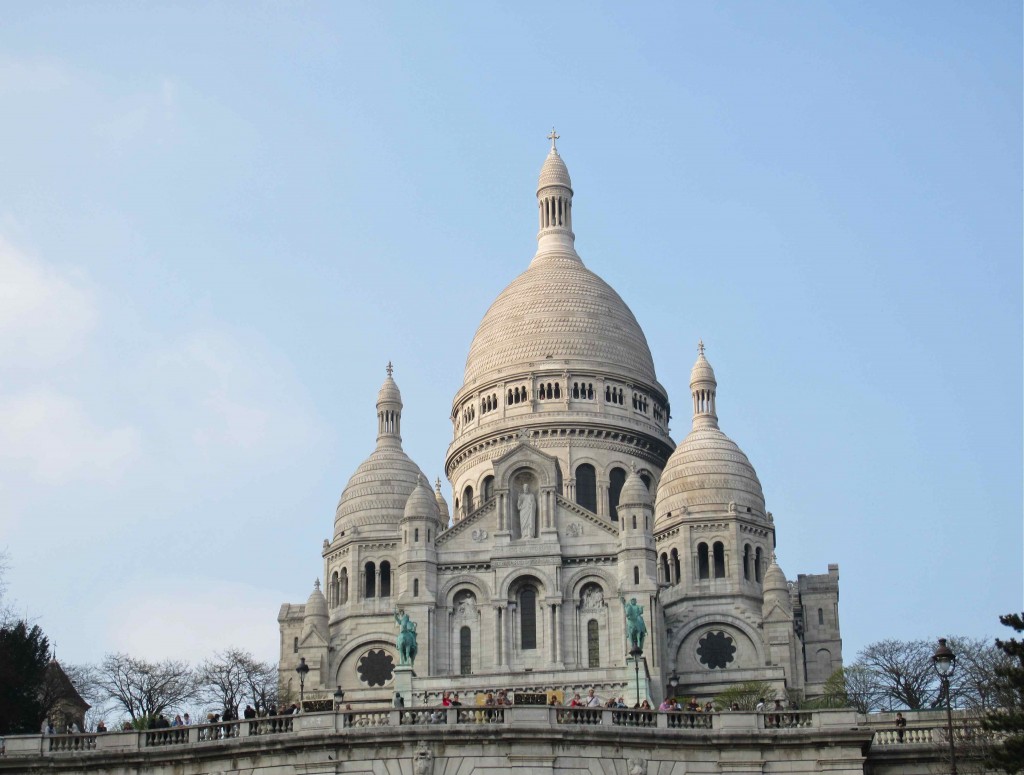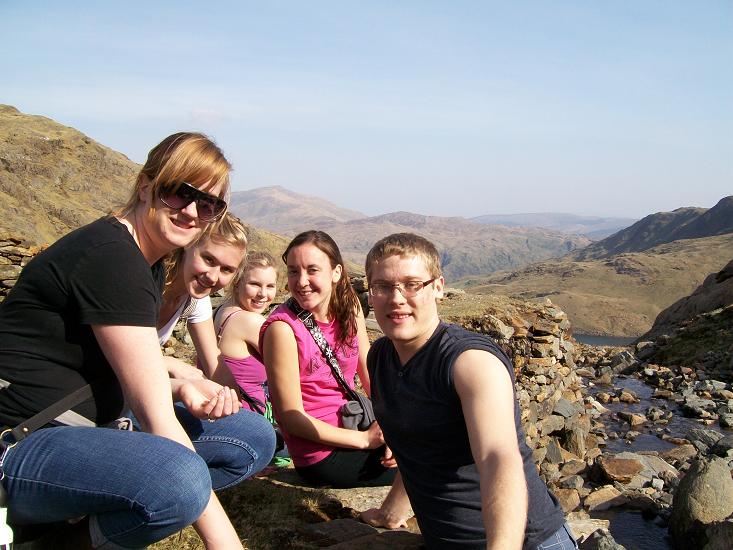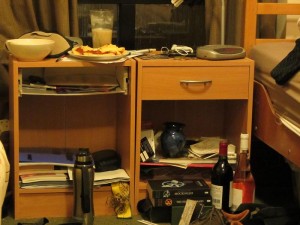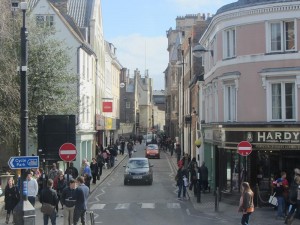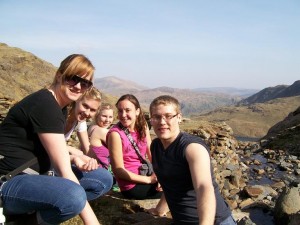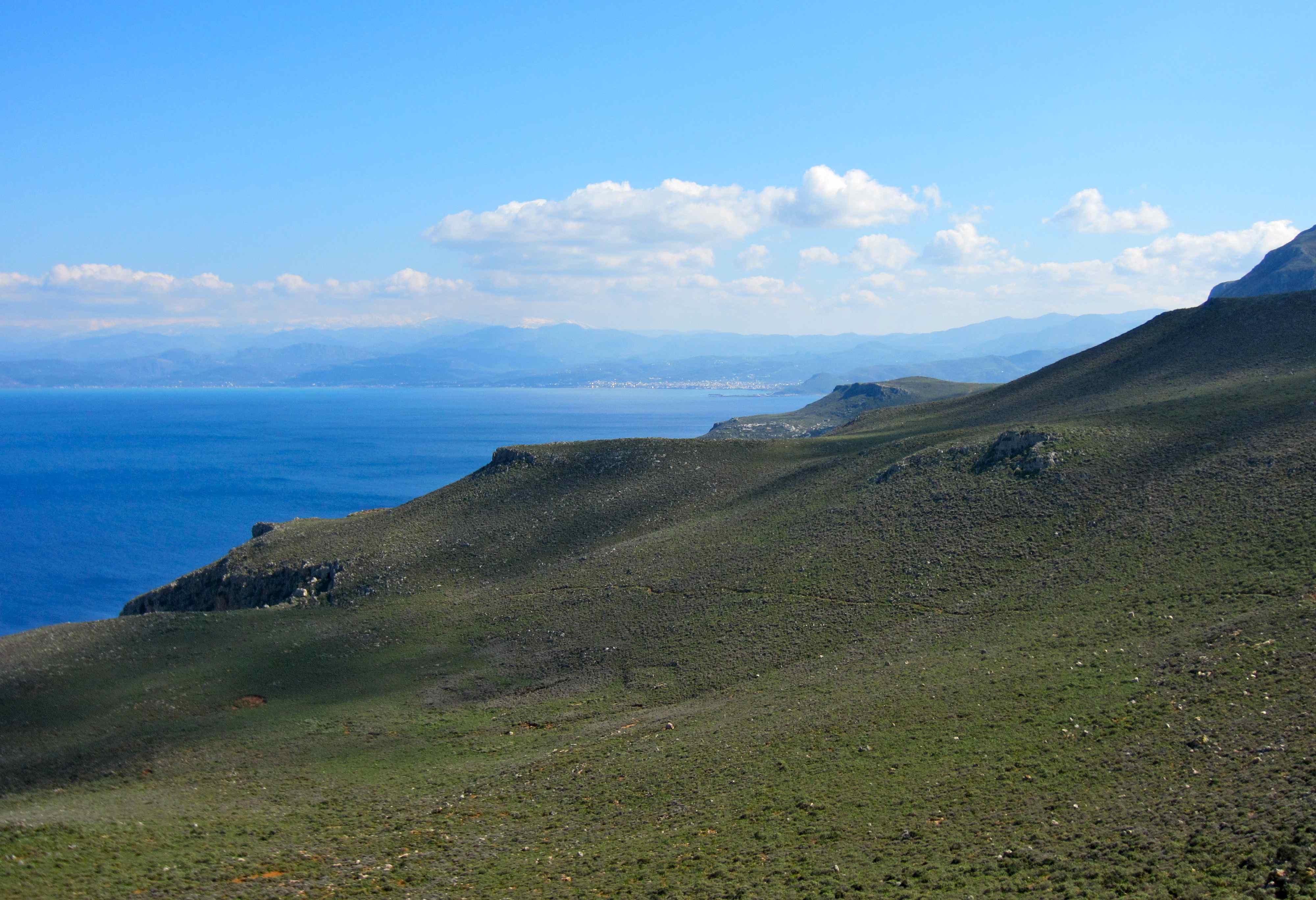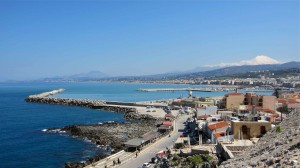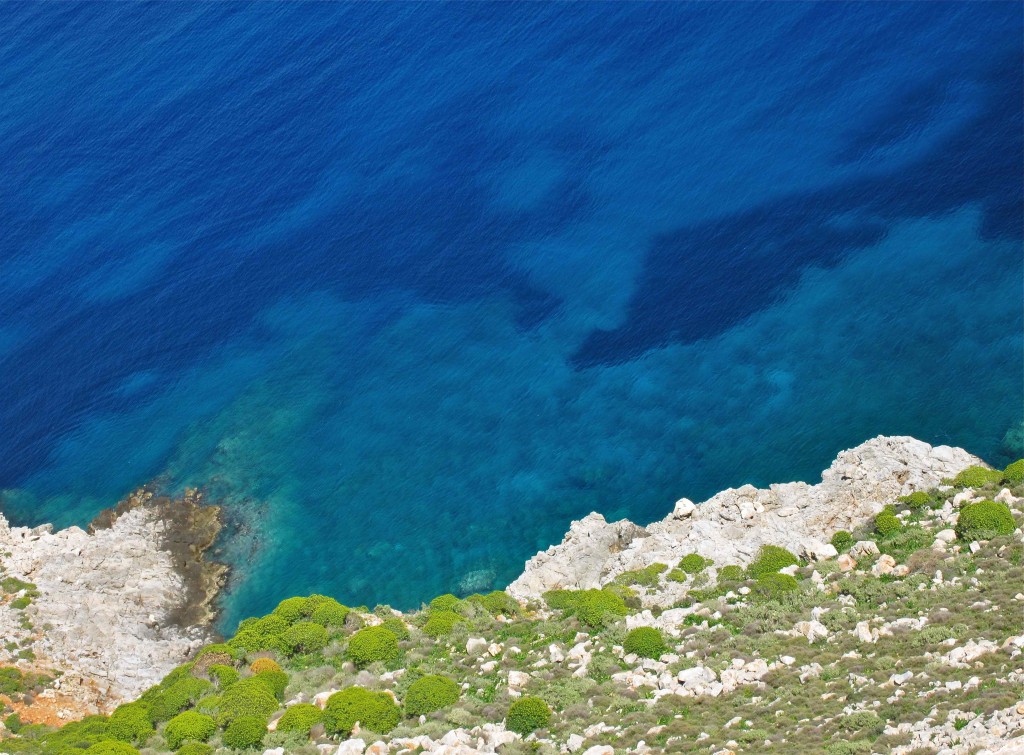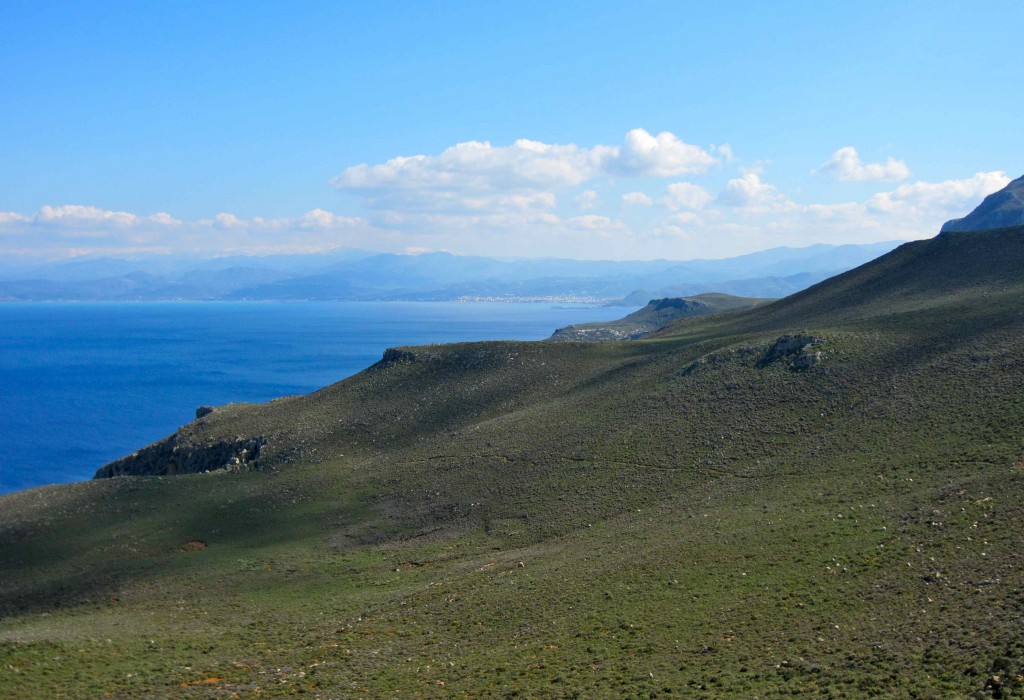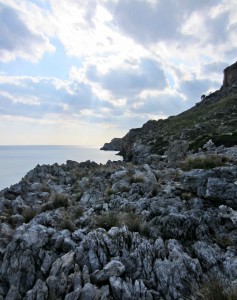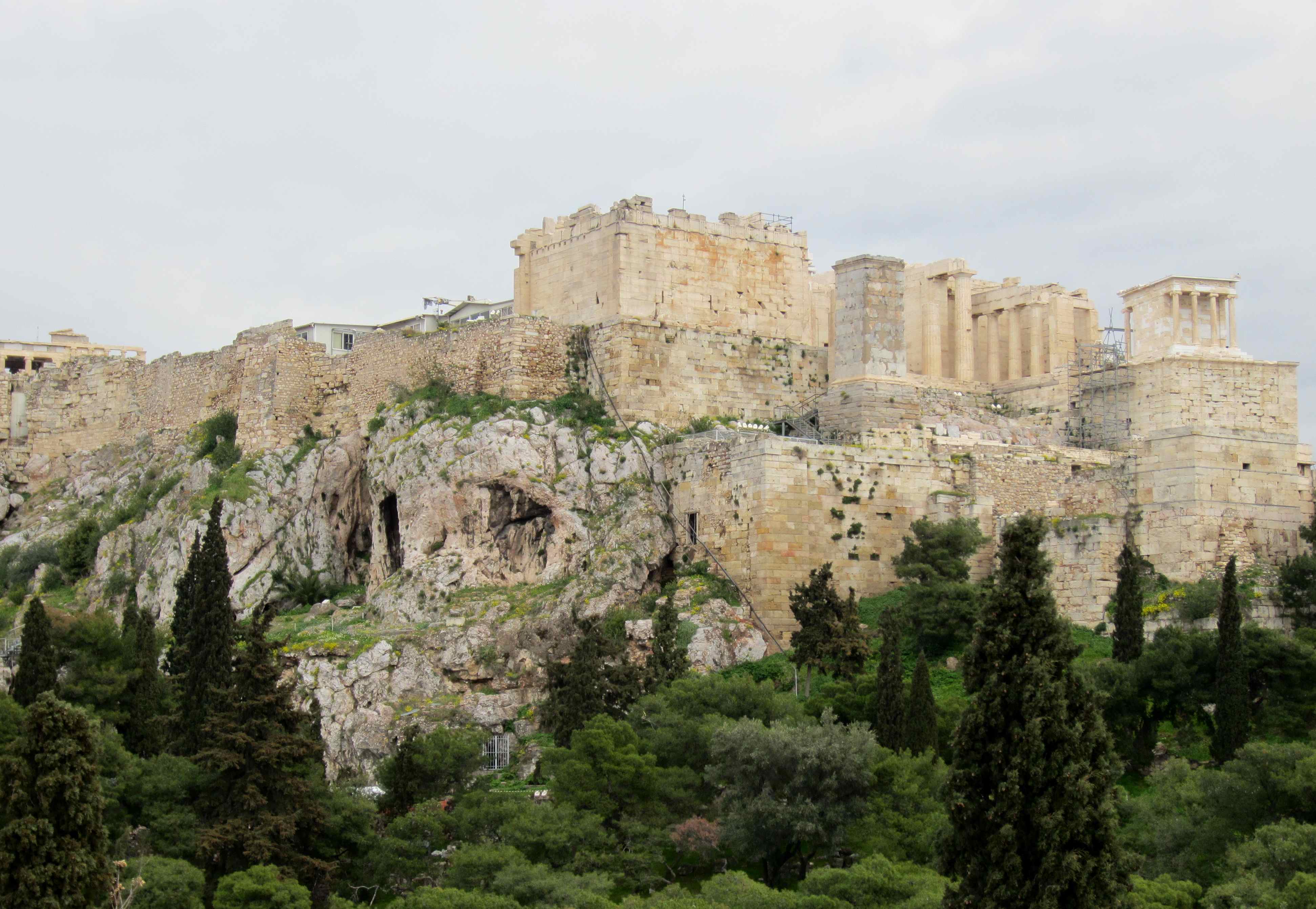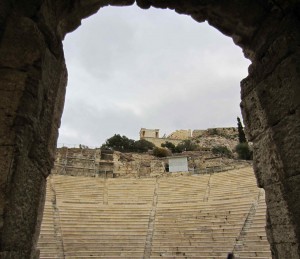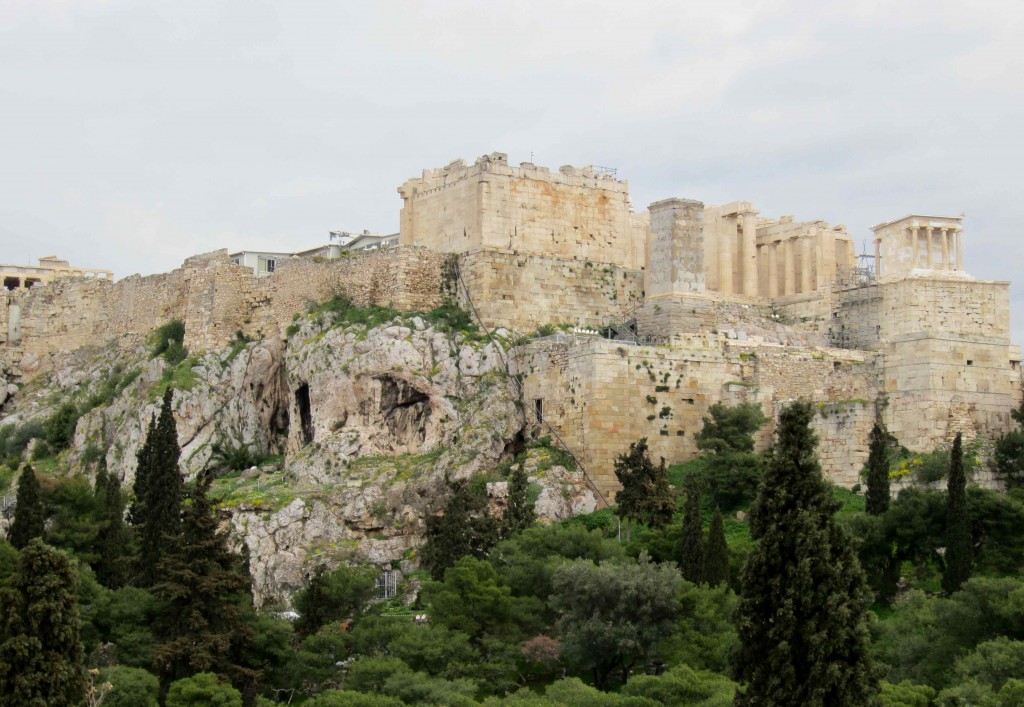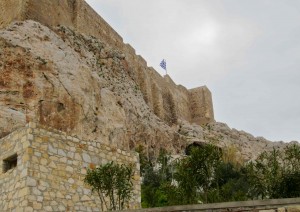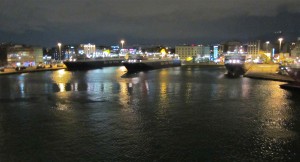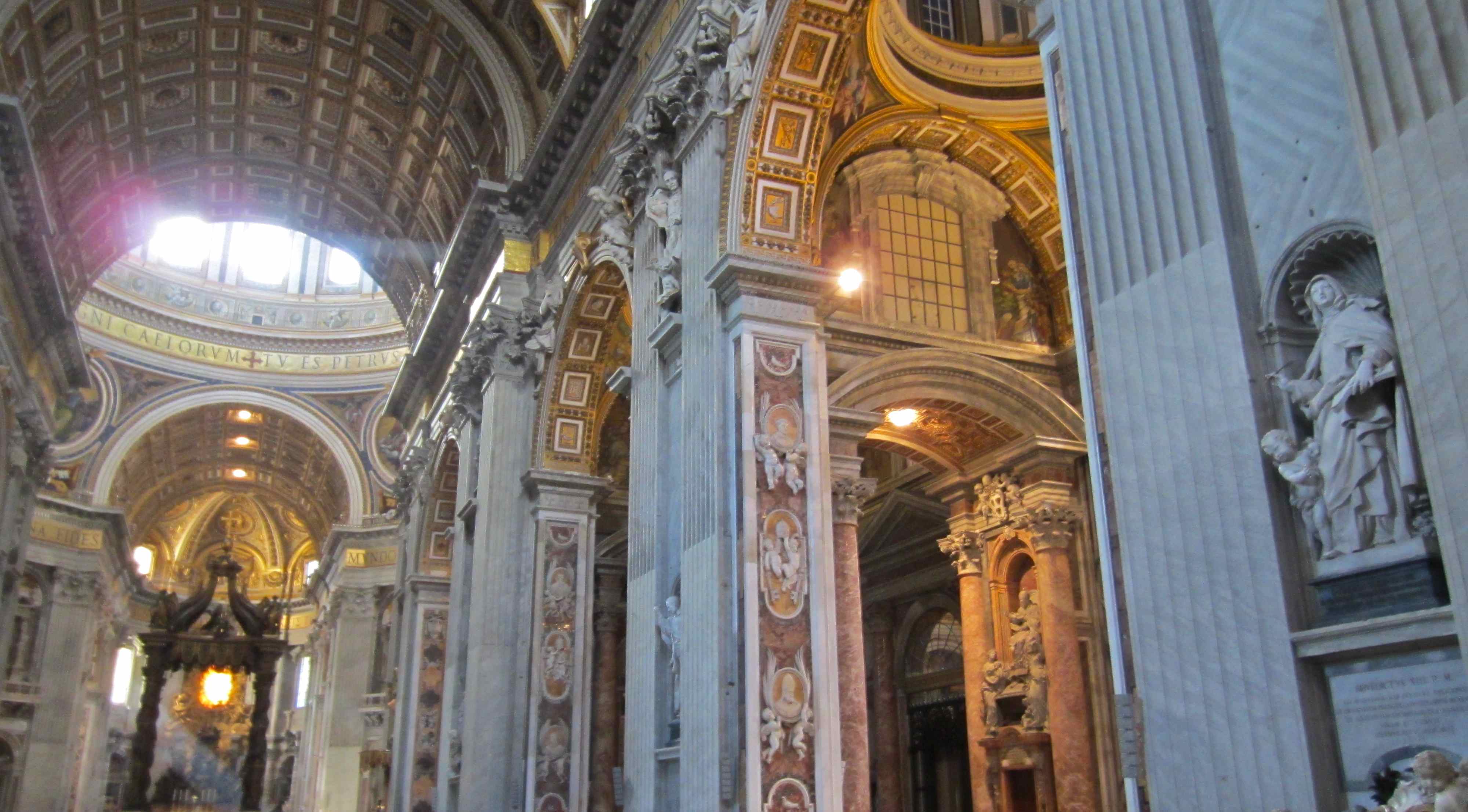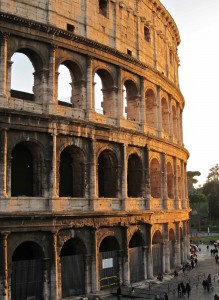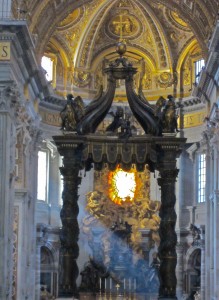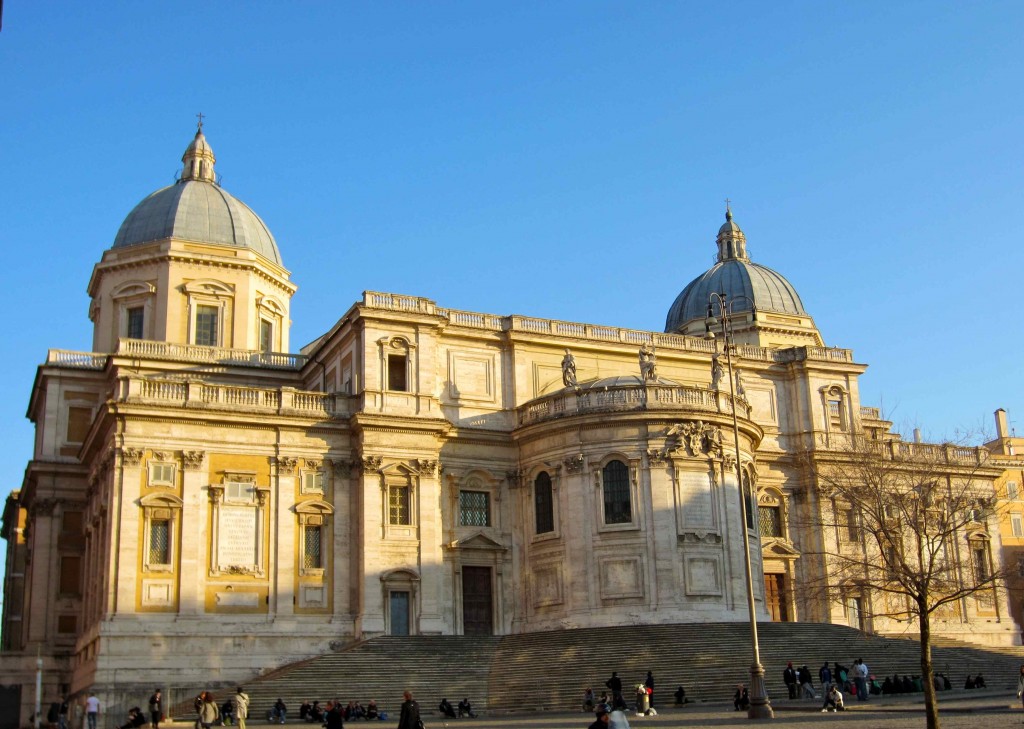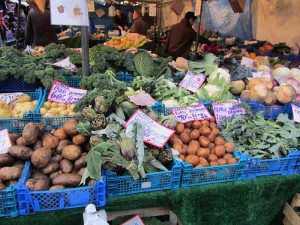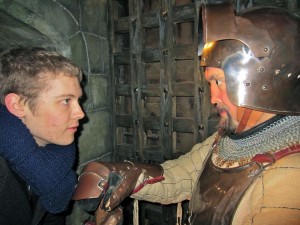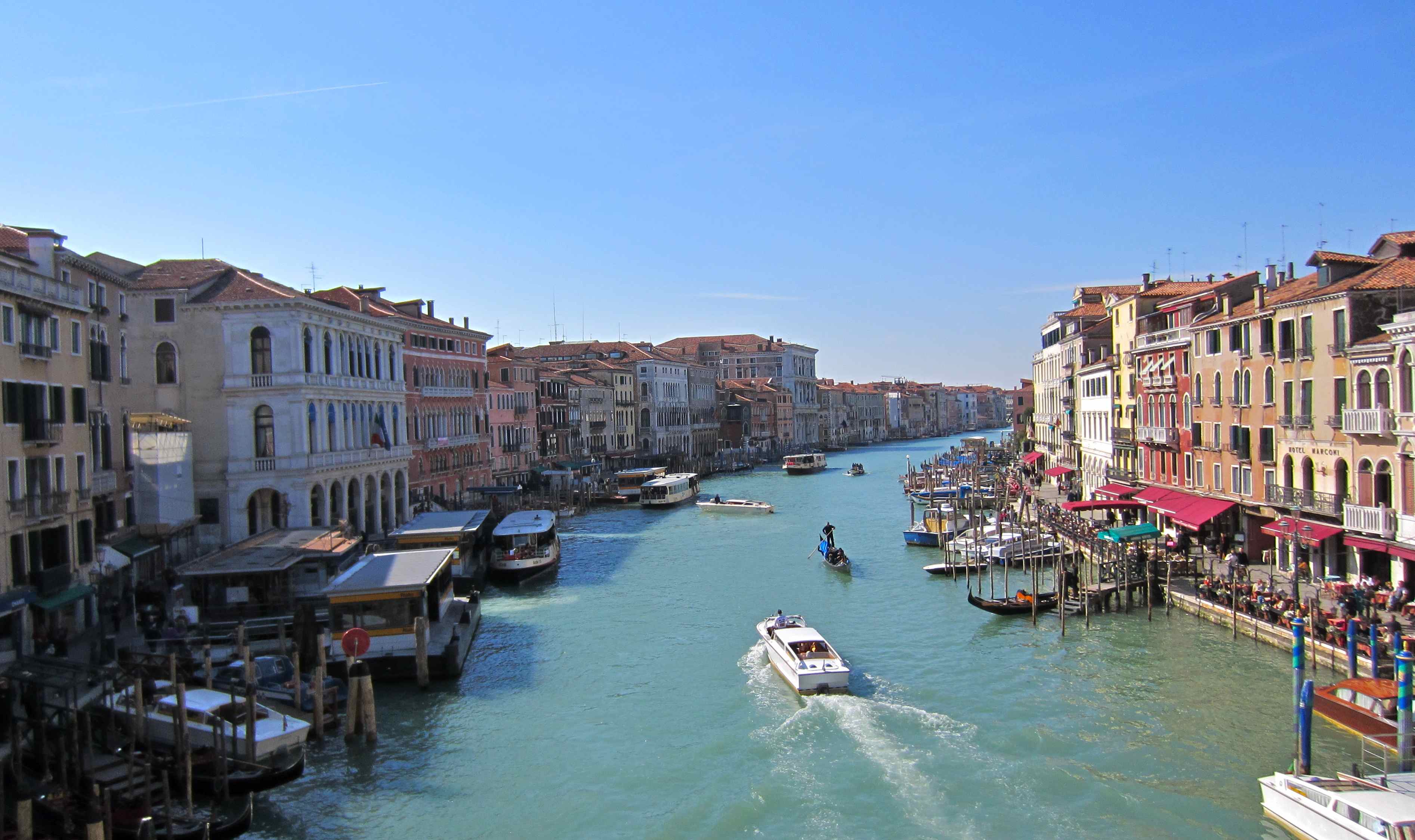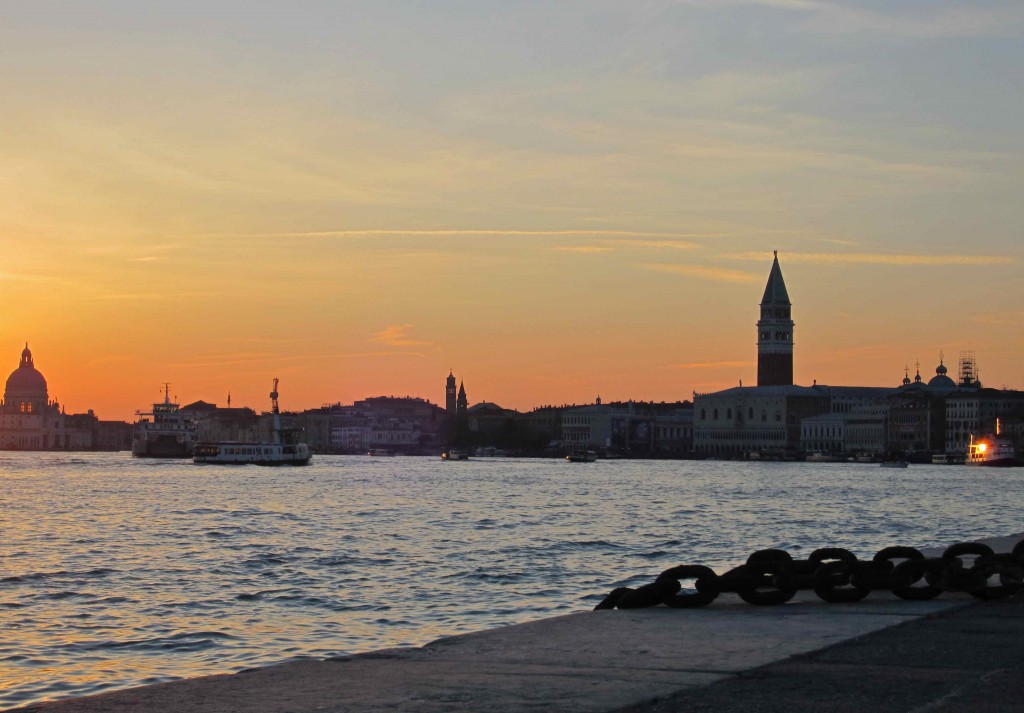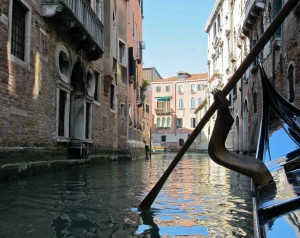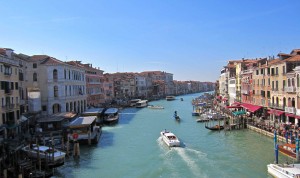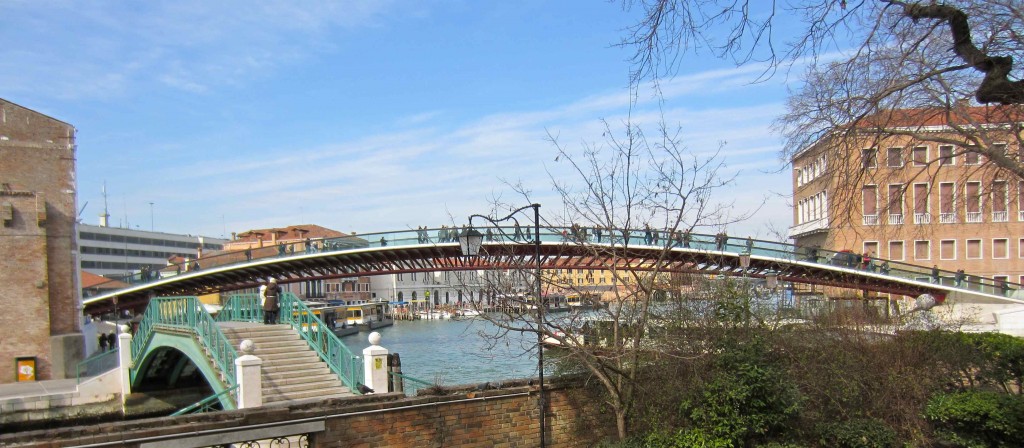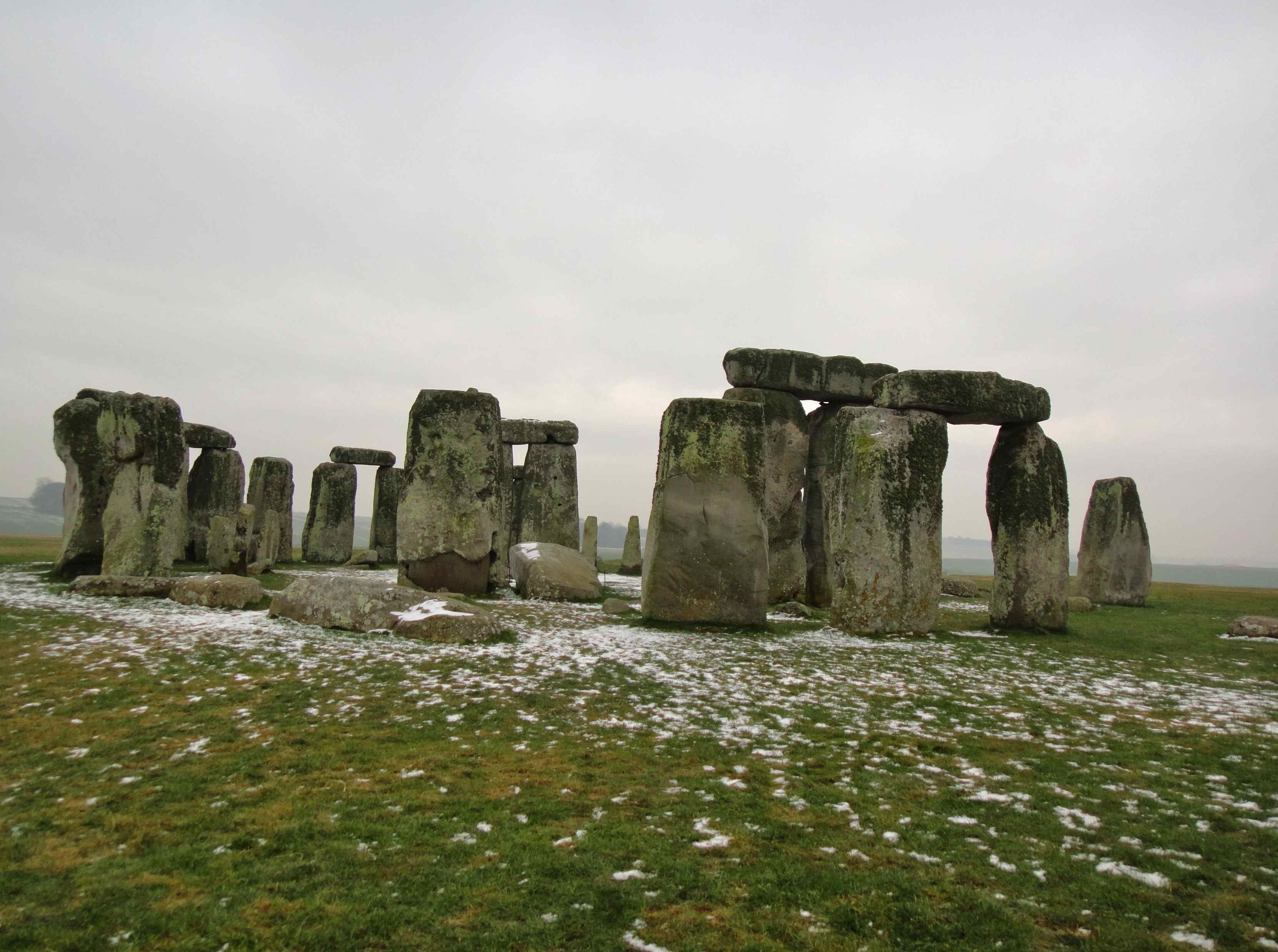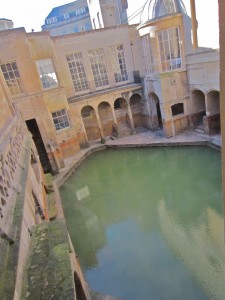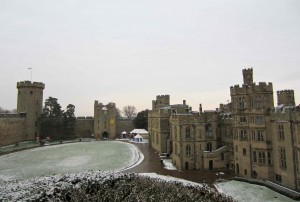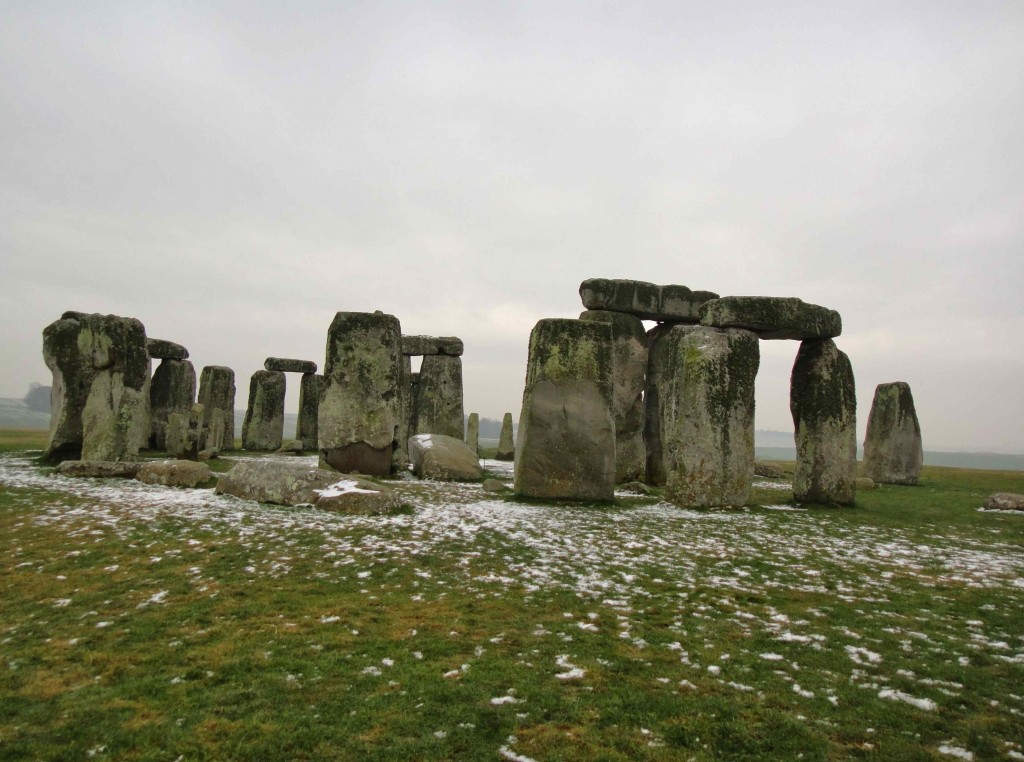Before setting out for Easter Break, it appeared that our luck in having a remarkably rainless semester was about to catch up to us: every single day’s forecast predicted rain. During the Italian segment of our journey we had had a light shower in Milan, but by the time we had arrived in Florence the weather was back to mostly dry and sunny.
The first day in Florence actually wasn’t spent in the city of Florence, but consisted of a tour of the surrounding Tuscan countryside. The first stop was Siena, the rival citystate of Florence. The stop included the city’s famous striped cathedral, one of the world’s first (and still functioning) banks, and the famous Piazza del Campo (home of the Palio horse race). After stopping at a farm and winery for lunch (which including sampling two wines unique to Tuscany) the tour took us through the scenic countryside and included a break at the small town of San Gimignano. Our last stop was Pisa; where we saw one of the wonders of the world. It was here that we experienced the only true rain of the journey (and first European thunderstorm). However, I had no difficulty sitting in a cafe with a cappuccino and admiring the leaning tower of Pisa.
The day actually spent in Florence started off with a visit to the Accademia Gallery. We were originally worried about waiting for hours in line, but found out that with a phone call it is relatively simple to reserve tickets and walk right in (it helps if you know someone that speaks Italian, like the friendly owner of our hostel). It does cost about €4 to reserve a ticket, but you will undoubtably spend more than €4 of time waiting in line. The museum’s centerpiece is undoubtedly Michelangelo’s David, so after viewing that and an exhibit on ancient musical instruments it was on to the next stop.
The first thing one notices about Florence is how exquisite all of the cathedrals are. This originates from the fact that Florence was originally a community of bankers (the Florin gold coin comes from Florence). But the bankers wanted more money and began charging exorbitant interest rates. The Church didn’t take kindly to this, and told the bankers they would assuredly be going to hell. Therefore, in order to buy their way to heaven the bankers poured their money into building the most striking cathedrals possible (and adorning the front with their names so everyone would know who was responsible for the structures).
The Basilica de Santa Croce is a moderate walk away from the main cathedral, but is was not very crowded. As with many European cathedrals, it is now more of a museum for tourists than a church. Also, for some reason nearly every famous building over the course of my trip has seemed to have scaffolding on some part of it. From tiny watchtowers on the west coast of Ireland to the grandiose Italian cathedrals, all have some scaffolding covering various amounts of the building. However, most places have turned this into a profit by charging an €5 for entrance to see what is behind the scaffolding. It sort of reminds me of the unfinished Crazy Horse monument in South Dakota – it is probably more profitable to never finish. Although in Santa Croce I didn’t pay the extra fee to look at the renovation-in-progress altar, the Byzantine art and other devotional pieces in the Museo dell’Opera still made cathedral a good stopping point.
The last stop was across the river to Piazza Michelangelo, where an old wall on top of a hill provides what are unequivocally the best views of Florence. After stopping to watch a few street performers, the trip back to our hostel was one of the best parts of Florence. The way back passed several koi ponds, journeyed through the old city gate, and over the Ponte Vecchio. Most exciting: we found the best gelateria in the world on the way back! If you’re ever traveling through the Piazza della Signoria, make sure to stop by Caffe Mokarico Gelateria!
Also, see more photos on Picasa or follow me on Twitter!
